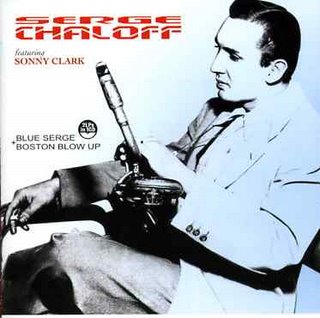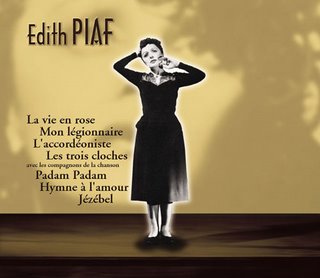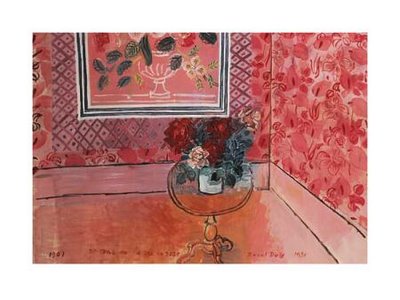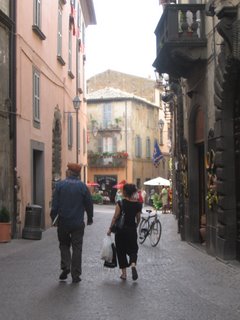
An apt-titled record if there ever was one...but not only in the,"If you remember the 60's you weren't there" sense you might think.
The solo album of David Crosby from 1970-71 still cycles round to my playing lists after lengthy sojourns, like a long-lost friend who travels the world. No amount of obligatory prattle about Crosby's personal-life excesses will budge me an iota from marvel at his musical accomplishments here. In homage to Crosby, who just had a 65th birthday a few days ago, I recall the aphorism of some grizzled Indian seer, "What cares the lion about the croaking of frogs?"
The review of the record by a fan like Scotty Ryan leaves me laughing but eloquently strikes a chord;
"If every speck of weed were to disappear from the planet tomorrow, it would still be possible to get stoned just from this CD. (Strictly speaking, you wouldn't even have to listen to it; you could pick up a contact high just from holding it in your hand.)"
and....
"If the first thirty seconds of "Tamalpais High (At About Three) doesn't leave you stunned and transfixed, then you and I aren't from the same home planet -- and I don't especially want to visit yours."
Now, I might tarry a little longer on some of these planets than Scotty but...
In the spirit of the proceedings I might add, taking first a swig from my own poteen, "In the last 30 seconds of 'Song Without Words' the Guitars of Garcia, Kaukonen, Crosby, and Casady, gently collide and collapse into harmonic shards...there is a silent pause and then the
acapella voices of "Orleans" knead the already realigned cranium into starry-eyed humility. If this doesn't move you, I'll be the first to put a dollar in the jar for your soul transplant."
The record was produced by Stephen Barncard at Wally Heider Studios in San Francisco, while he was simultaneously working "American Beauty" with the Dead. Barncard still speaks with amazement at the focus and inspiration of Crosby at these sessions, but his own contribution - free of the later over-kill of 70's rock/pop records - really makes for a sonic milestone.
"If I Only..." has a cast of thousands of Cosby's musician friends, but the steady- core group that really gives the record its character consists of Crosby on guitars and vocals (sometimes harmonizing with himself), Garcia on lead guitar and pedal steel, Lesh on bass, and Kreutzmann on drums (all from the Grateful Dead), with the addition of Jorma Kaukonen sharing the leads with Jerry, and, also from the soon to dissolve Airplane, the great Jack Casady on bass.
The stellar cast doesn't crowd and jostle the proceedings, which are far more intimate and elegant than the works of their "home" bands. What I would've given to see this ensemble make a few more records.
Master-touches of the session:
Garcia's understated but majestic pedal steel solo on "Laughing" - enhanced seamlessly by Barncard's sound chamber.
The harp and (?) dulcimer of Laurie Allan weaving around Crosby's vocals and guitar on "Traction in the Rain"
The chordal vocal harmonies of Crosby and occasionally Nash on "Tamalpais High", "Song Without Words", the title track at the end, and "Orleans" - the borrowed french folk-song melody sung in french - which turns out to be a mere list of cathedrals....(some residual memory of the Byrds and "Bells of Rhymney"?)
The idosyncratic guitar tuning that Crosby uses on "Tamalpais.." and "Song.." - EBDGAD - the same which lent uneathly beauty to "Guinnevere" on the 1st CSNY session.
Last but not least, Crosby's use of silence to great effect. An oft-forgotten musical
element.
*
thanks to Scotty for his kind permission to use his quotes











